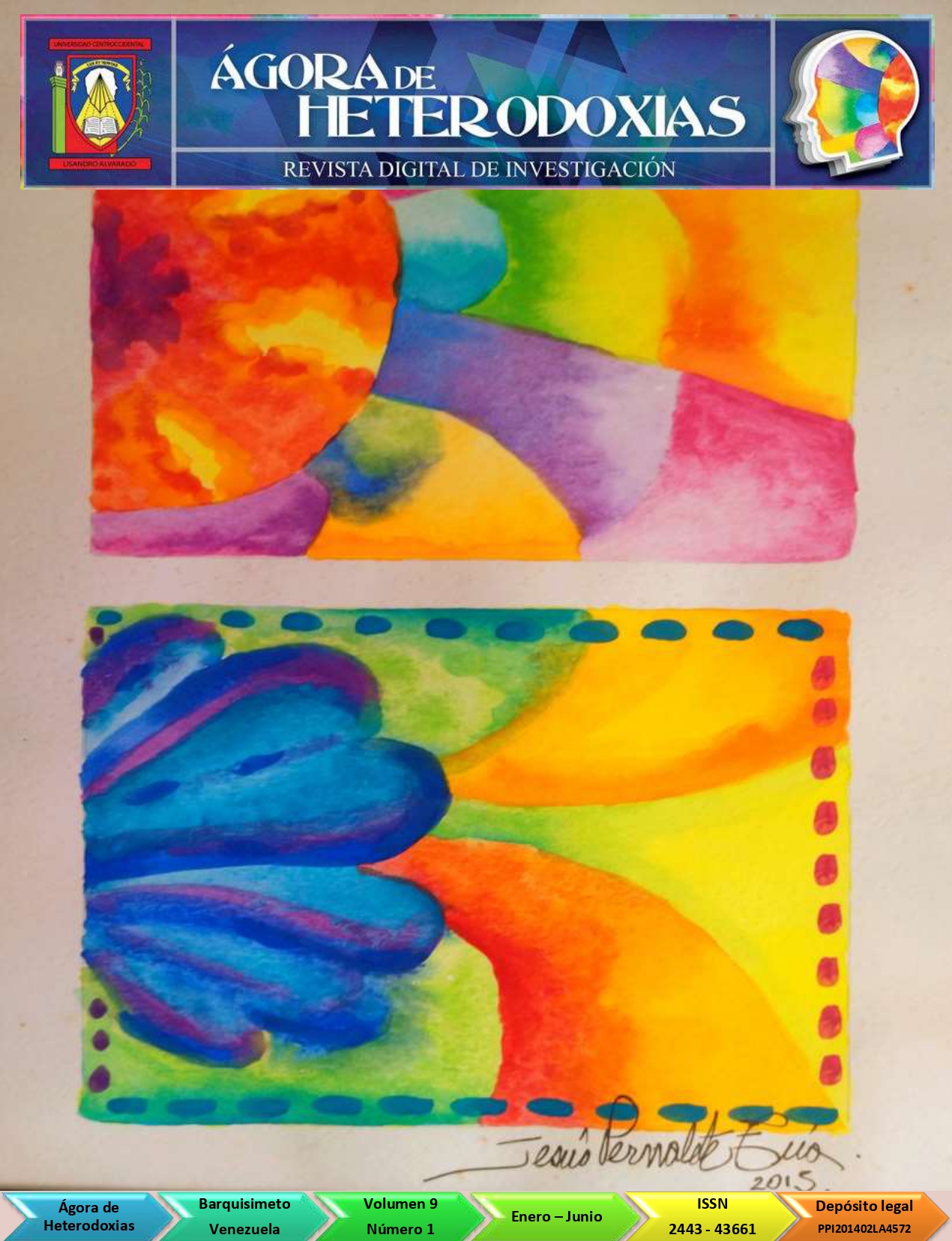The risk of the fog: was there a development event in Latin America at the beginning of 21st century?
DOI:
https://doi.org/10.5281/zenodo.7855668Keywords:
Latin America, economic development, new developmentalism, productive transformation.Abstract
This paper discusses the conclusive observation of Fernando Calderón and Manuel Castells in their book La nueva América Latina, about the economic development experience lived for the region between 2003 and 2013. Their named this experience “new developmentalism”. The alternative narrative proposed in the essay suggests that there was no developmental moment in the region, but rather a sudden and prolonged boom in foreign income provided by the generalized rise in the prices of basic products, which was used by the emerging political class to increase public spending and finance the constitution of a clientelistic political base on which to sustain his own pre-eminence and conditions of possibility in the face of the electoral cycle. The eleven years of growth based on the monetization of external income did not generate changes in the diversification of the economic base and in the expansion of the export basket, and much less growth in labor productivity to sustain the expansion of the internal market and exports.
Downloads
References
ALADI (2020). Sistema de información del comercio exterior.
Aravena, C y Fuentes J. A. (2013). El desempeño mediocre de la productividad laboral en América Latina: una interpretación neoclásica. En CEPAL, Serie Macroeconomía del Desarrollo N° 140. Santiago de Chile, agosto.
Araníbar Arce, A y Rodríguez, B. (Coordinadores) (2013). América Latina, ¿del neoliberalismo al neodesarrollismo. Buenos Aires: Siglo XXI Editores.
BEA, US Department of Commerce. https://www.bea.gov/
Bértola, L. y Ocampo, J.A. (2022). El desarrollo económico de América Latina desde la independencia. Ciudad de México: Fondo de Cultura Económica.
BIS (2019). Foreing Exchange and Derivatives Markets Activity. Publicación trienal. Bruegel. Org., Bruselas.
Calderón, F. y Castells, M. (2018). La nueva América Latina. Santiago de Chile: Fondo de Cultura Económica.
CEPAL (2019). Anuario estadístico de América Latina y el Caribe. Santiago de Chile
.
Cepalstat 2022) Comisión Económica para América Latina y el Caribe. https://statistics.cepal.org/portal/cepalstat/index.html?lang=es
Fischer, S. (1987). International Macroeconomic Policy Coordination. NBER, Working Paper N° 2244.
Hausmann, R., Hwang, J. y Rodrik, D. (2005). What you Export Matters. NBER Working Papers 11905.
Hausmann, R y Klinger, B. (2007). The Structure of Product Space and the Evolution of Comparative Advantage. Working Papers 146. Center for International Development at Harvard University.
IMF (2020). Direction Of Trade Statistics.
Lakatos, C. y Ohnsorge, F. (2017). Arm’s Length Trade: A Source of Post-Crisis Trade Weakness. World Bank, Policy Research Working Paper 8144.
López Ríos, V. (enero-abril 2020). Latinoamérica entre la globalización y la reprimarización. Cuadernos del CENDES. Año 37. N° 103. Tercera época. Caracas, Venezuela.
López Ríos, V. (mayo-agosto 2020). Crisis económica crisis hegemónica: ¿hay oportunidad para el desarrollo? Cuadernos del CENDES. Año 37. N° 104. Tercera época. Caracas, Venezuela.
Levitt, T. (1983). The Globalization of Markets. Harvard Business Review.
Martins, C. E. (2011). Globalização, dependência e neoliberalismo na América Latina. São Paulo: Boitempo Editorial.
Nurse, R. (1973). Problemas de formación de capital en los países insuficientemente desarrollados. México: Fondo de Cultura Económica.
Rodríguez, O. (1986). La teoría del subdesarrollo de la Cepal. México: Siglo XXI Editores.
Ros, J. (2004). La teoría del desarrollo y la economía del crecimiento. México: Fondo de Cultura Económica.
Swary, I., y Topf, B. (1993). La desregulación financiera global. La banca comercial en la encrucijada. México: Fondo de Cultura Económica.
Torija-Zane, E. (2012). Desarrollo industrial y política macroeconómica de los dragones asiáticos: 1950-2010. CEPAL, Documento de Proyecto. Santiago de Chile.
UNCTAD (2020). World Investment Report. Cuadro I.7. Selected indicators of FDI and international production, 2019 and selected years.
Williamson, J. (1990). What Washington Means by Policy Reform. Peterson Institute for International Economics. Washington D.C.
Young, Allyn A. (1928). Increasing Returns and Economic Progress. Economic Journal. Diciembre.
Published
How to Cite
Issue
Section
Copyright (c) 2023 Vladimir López Ríos

This work is licensed under a Creative Commons Attribution-NonCommercial-ShareAlike 4.0 International License.
![]() Authors keep their copyrights so articles can be reused for teacher and research purpose. Readers and users can also reuse articles for the same purposes but not for commercial purposes. Ágora de Heterodoxias has no responsibility on information given by collaborators which is not necessarily the point of view of the publication
Authors keep their copyrights so articles can be reused for teacher and research purpose. Readers and users can also reuse articles for the same purposes but not for commercial purposes. Ágora de Heterodoxias has no responsibility on information given by collaborators which is not necessarily the point of view of the publication



